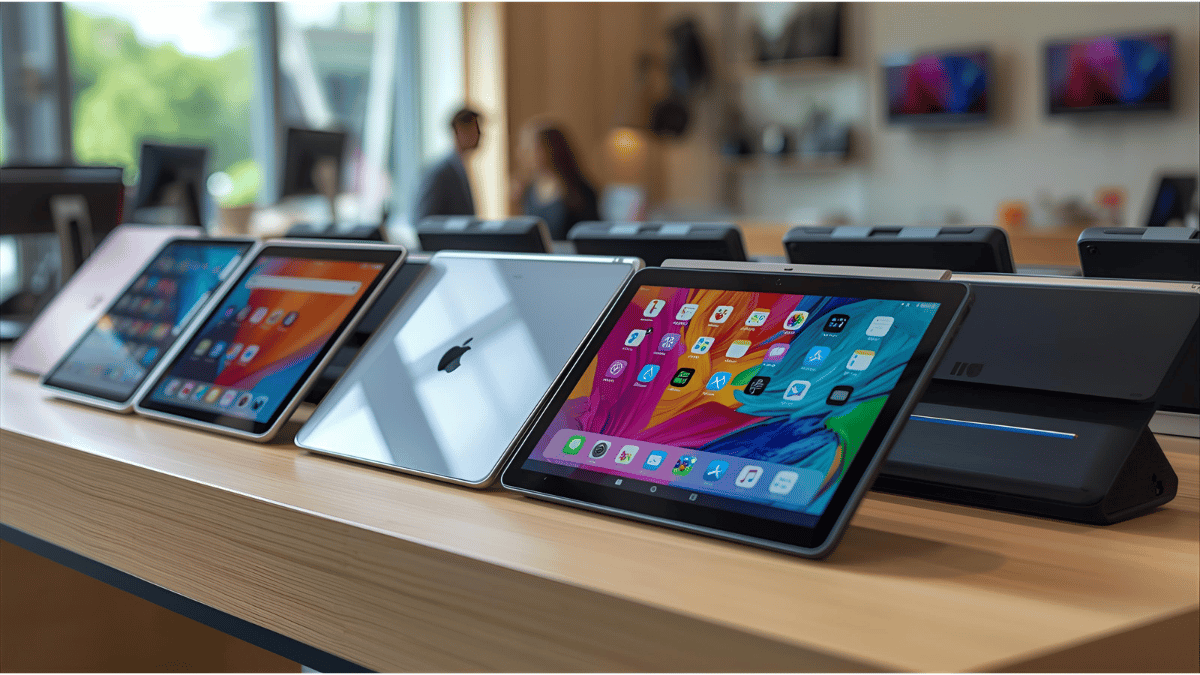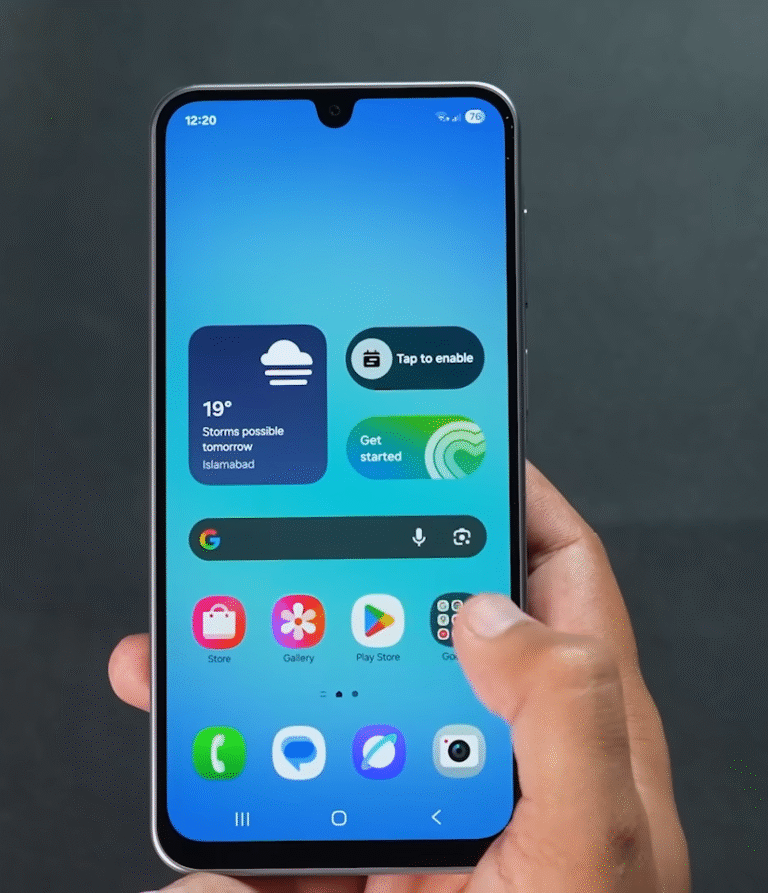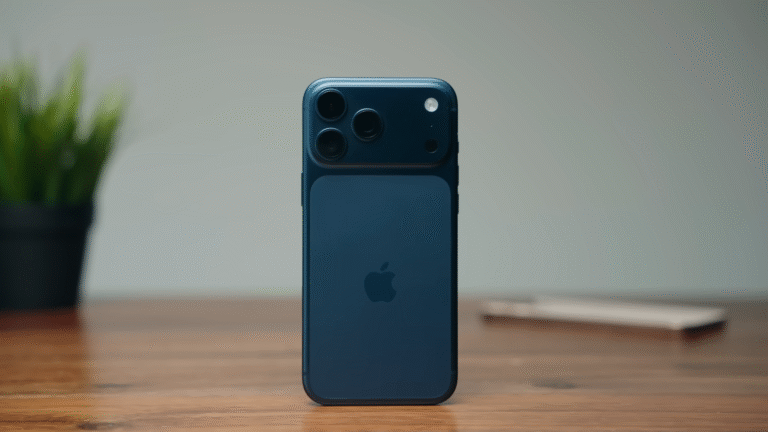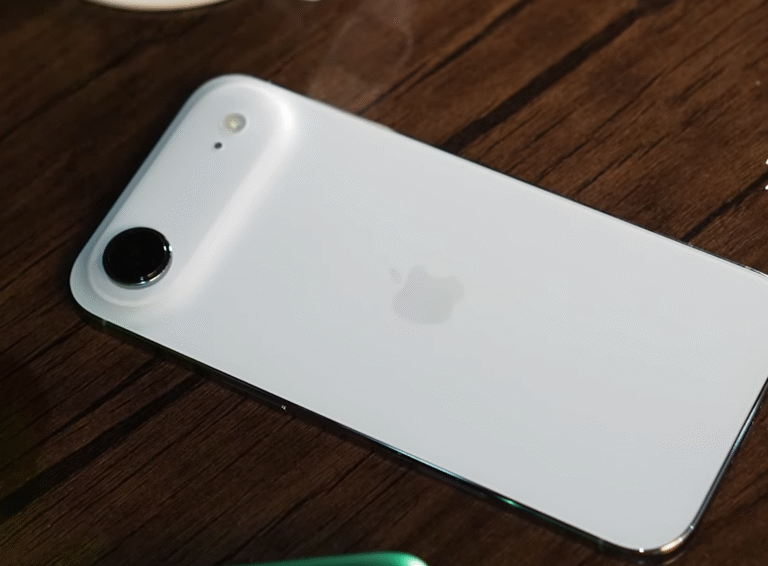
Walk into any Apple store today and you’ll see a shiny $1,300 iPad Pro proudly displayed under bright lights. A short drive to Best Buy, and sales reps will happily nudge you toward a $900 Galaxy Tab S9 Ultra, pitching it as the “ultimate laptop replacement.” On paper, these premium tablets look incredible. They promise desktop-level multitasking, stunning OLED screens, and stylus precision that could make a professional artist drool.
But here’s the question most buyers quietly ask themselves: do we really need to spend close to a thousand dollars just to get a reliable tablet in 2025?
For years, tablets have been trapped in a strange middle ground. Too powerful and too expensive for casual users, yet too restricted for professionals who ultimately still need a laptop. This has created a massive opportunity in the budget and midrange segment, one that’s finally starting to heat up in ways that could reshape how we see tablets altogether.
Tablets in 2025: Shifting From Luxury to Everyday Tools
A decade ago, owning an iPad was almost a luxury status symbol. It wasn’t essential, but it looked sleek and futuristic. Fast forward to 2025, and the story is changing. Tablets are no longer just entertainment devices for Netflix binges or e-book reading—they’re everyday productivity companions.
Schools are adopting them for digital classrooms. Remote workers are using them as portable secondary screens. Even small businesses are integrating tablets into point-of-sale systems. This growing demand for functional, affordable tablets is forcing companies like Samsung, Lenovo, and Xiaomi to rethink what budget tablets can do.
And here’s the catch: for many users, the performance gap between a $300 tablet and a $1,000 tablet has narrowed far more than you’d expect.
The Hidden Reality of Premium Tablets
Apple’s iPad Pro and Samsung’s Galaxy Tab Ultra are engineering marvels, no doubt. But the truth is that most users don’t even tap into 60% of their power. You don’t need a desktop-class M4 chip just to check emails, browse social media, or take notes in class.
Here’s where companies often miscalculate: they market tablets as if everyone is an architect rendering 3D models or a filmmaker editing 8K video on the go. In reality, the majority of people buy tablets for simpler tasks—reading PDFs, video calls, YouTube, and maybe some light gaming.
That’s why the real disruption isn’t happening at the top, but at the bottom. Budget and mid-tier tablets are quietly becoming good enough, and in some cases, surprisingly great.
A New Era of Budget Tablets
2025 is shaping up to be the year where budget tablets stop feeling like compromises. Let me explain.
Take Lenovo’s latest Tab series: priced under $300, yet offering features that were flagship-level just two years ago. We’re talking high-resolution displays, quad speakers, 8GB RAM, and even stylus support. Xiaomi is also entering the scene aggressively, launching tablets with Snapdragon midrange chips that deliver smooth performance at half the price of an iPad.
Even Amazon, which for years was mocked for its cheap but sluggish Fire tablets, is investing in faster processors and better app optimization, targeting families and students. The shift is clear: affordability no longer has to mean painfully slow.
The Education Market Is Driving Change
If there’s one sector pushing this transformation, it’s education. Millions of students worldwide don’t need $1,000 tablets—they need reliable, affordable devices that can handle Google Classroom, Zoom, and basic note-taking apps.
Schools are now demanding tablets that cost less but still provide long-term durability. This has forced manufacturers to innovate in areas that used to be overlooked—like battery efficiency, durability, and parental controls.
In fact, according to recent trends, some school districts are buying tablets in bulk not from Apple but from Samsung, Lenovo, and TCL, because they deliver better value for every dollar spent. This could slowly chip away at Apple’s long-standing dominance in education.
Real-World Story: The Freelancer’s Tablet Choice
To make this less abstract, let’s look at a real-world scenario.
Last year, I spoke to a freelance graphic designer who had been using an iPad Pro for four years. She admitted that while the performance was flawless, she had only used the Apple Pencil for serious work twice. Most of her tasks—client emails, browsing design inspiration, quick sketches—were comfortably handled by her old midrange Galaxy Tab.
When she recently upgraded, she didn’t go for the iPad Pro again. Instead, she bought a Lenovo Tab P12 for under $400, and she hasn’t looked back. For her workflow, it was “95% of what I needed for one-third the price.”
This is exactly the kind of behavioral shift we’re starting to see everywhere: consumers realizing that premium tablets aren’t necessary for their daily lives.
The Streaming Factor
Another hidden driver of budget tablet growth is streaming entertainment. With platforms like Netflix, Disney+, and Prime Video offering offline downloads, many buyers now want a portable, lightweight device that doesn’t break the bank.
And guess what? You don’t need an iPad Pro to enjoy 1080p or even 2K streaming. Many midrange tablets now come with bright LCDs or AMOLED panels, Dolby Atmos speakers, and solid Wi-Fi 6 support. Perfect for a long flight or road trip.
The Future: Convergence of Laptops and Tablets
Here’s where it gets even more interesting. The line between budget tablets and budget laptops is blurring rapidly. With detachable keyboards and improved multitasking, tablets under $400 are now replacing Chromebooks in many households.
In fact, some manufacturers are experimenting with Android/Windows dual-boot tablets, aiming to give users both ecosystems in one device. If this trend continues, we may see a true democratization of computing, where even budget buyers can enjoy powerful, flexible devices.
Why This Matters in 2025
The global tablet market is at a crossroads. On one side, we have ultra-premium devices pushing the limits of what tablets can do. On the other, we have a new wave of affordable, functional, and surprisingly capable tablets giving power back to everyday users.
This matters because it reshapes accessibility. Instead of tablets being luxury add-ons, they’re becoming essential, affordable tools for students, freelancers, and families. And this shift could permanently redefine how companies price and design their future models.
Final Thoughts
2025 may be remembered as the year tablets finally found their true identity—not as overpriced laptop replacements, but as versatile, affordable devices that fit into real people’s lives.
Yes, the iPad Pro and Galaxy Tab Ultra will still dominate headlines with flashy benchmarks and slick ads. But the real story—the one shaping the next decade—is happening quietly in the budget aisle, where $300 to $500 tablets are proving that you don’t have to spend a fortune to get a great experience.
And that’s a win for everyone.



